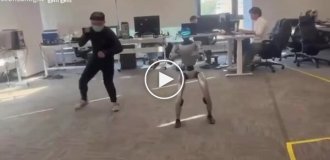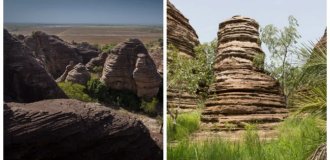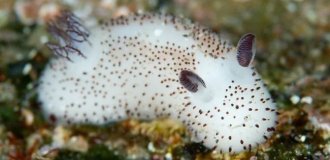Colombian coata: their deathly chilling gaze gives you goosebumps (9 photos)
The Columbian coata, or brown spider monkey, is an eerie representative of the parvoorder broad-nosed monkeys, and indeed the entire order of primates as a whole. Their appearance is so unique that without any makeup or preliminary preparation they could play soldiers from the army of White Walkers. 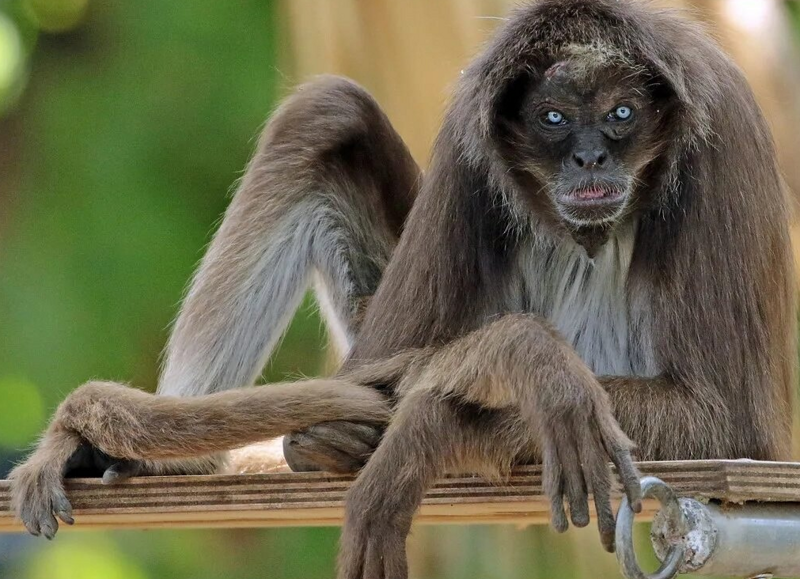
Just look at those glassy blue eyes! 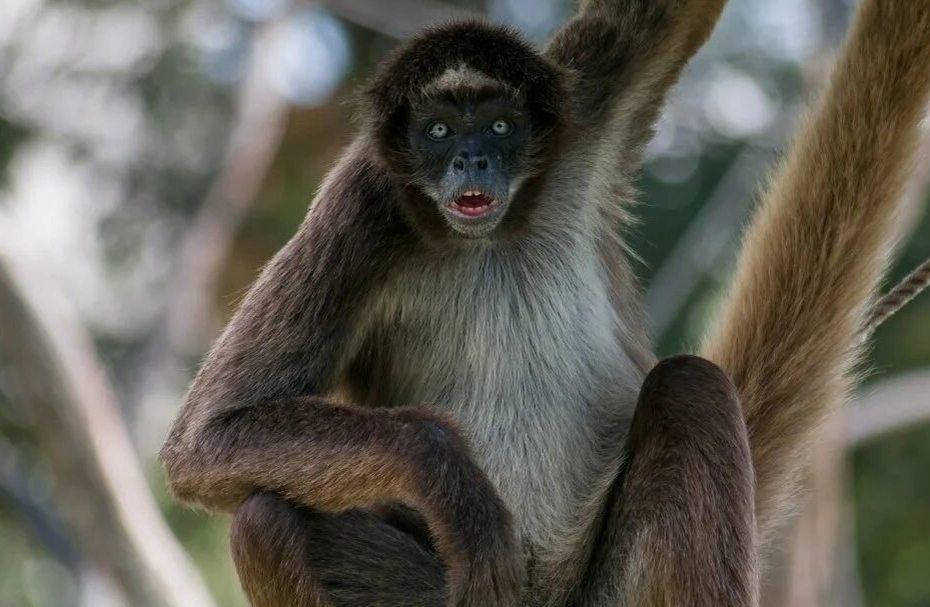
When I saw the prices in the store.
Look below your eyes too, koats really deserve your attention. The tiny body rests on long thin legs. All this woolly splendor is completed by a 70-centimeter tail with a bare tip - to make it easier to grab the branches. 
Wow! There are hairless two-legged monkeys?! What a horror!
Yes, dogs may not need a fifth leg, but coats do! Animals skillfully use the tail as another limb and do not regret anything. For this, their family was nicknamed arachnids - the monkeys jump along the branches like giant spiders, scaring away biology truants in all directions. 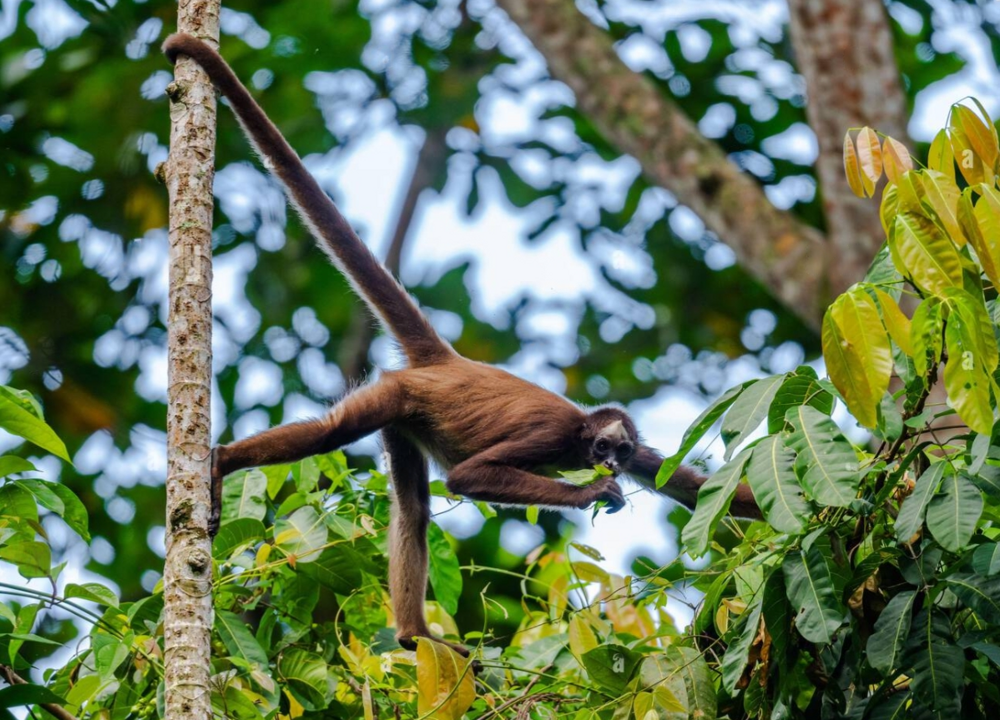
The main thing in extreme sports is good insurance!
But you didn’t come here to read about tails, right? The first thing that catches your eye when looking at monkeys is their bottomless blue eyes! Do you know what their secret is? So we don’t know either. And scientists don’t know, because the reasons for the appearance and mechanisms of inheritance of different eye colors are poorly understood even in people, let alone some woolly ones from the jungle. 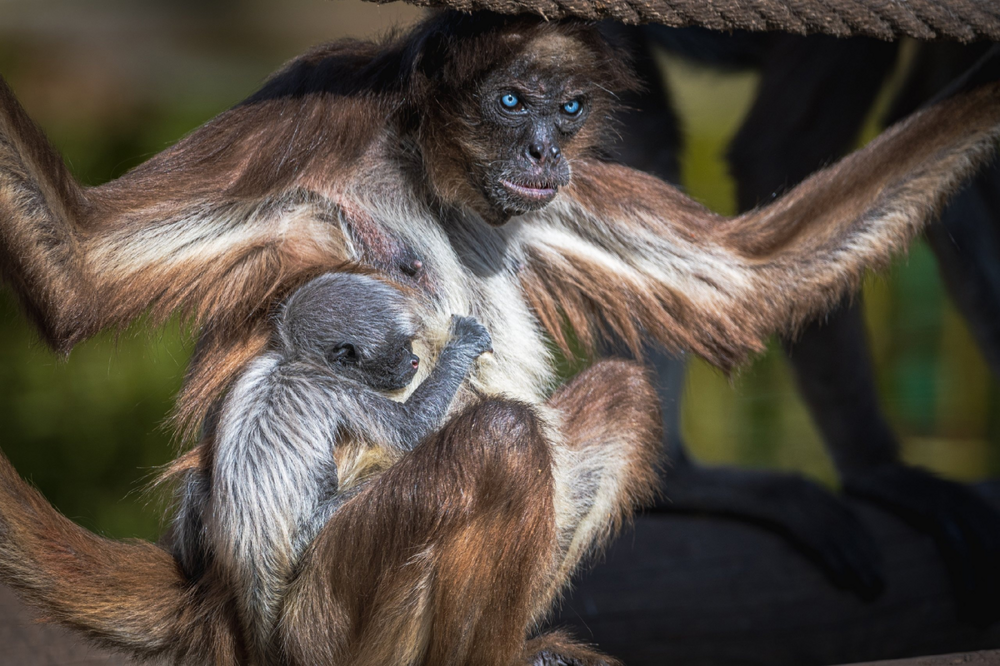
A charming blue-eyed beauty with an angel will meet a wealthy guy for a serious relationship!
In general, the color of the eyes of mammals depends on the structure of their iris. The fewer pigment cells it contains with melanin granules inside, the lighter the color will be. And the more, the darker the eyes will seem to us: from light brown to almost black.
In humans, a mutation near the OCA2 gene is responsible for blue eye color. This breakdown, like an evil policeman, does not allow trucks with raw materials for the formation of melanin in the eye cell to pass through. But! Monkeys do not have this mutation, but blue eyes - there you go, there are a whole bunch of walking representatives in the photos. This is the main mystery and catch: scientists have not yet figured out how the animals got such an unusual appearance and, as a result, do not know how it affects their lives. 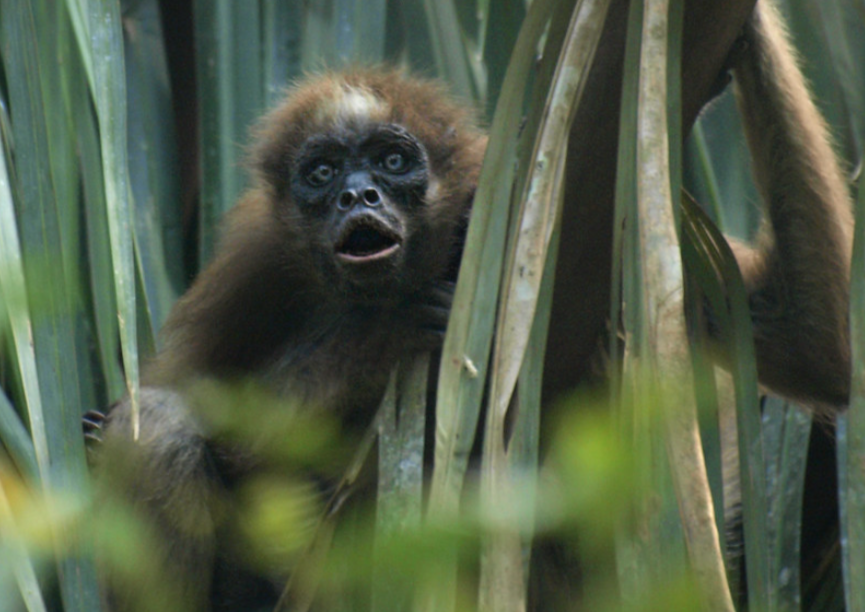
If the Yeti existed, it would probably look something like this.
There is a logical assumption that the koat population was not always so unusual. Today, in addition to blue-eyed monkeys, you can also find representatives with brown eyes. But apparently they were much more common before. Then, in some unimaginable way, one or more animals broke down some gene responsible for the transport of melanin into the eyes. Well, after that everything could have gone in several ways. 
When you changed your eyes over thousands of years of evolution, and people just came up with lenses.
Firstly, the number of koatas could have played a decisive role. Today this species is on the verge of extinction with 4 limbs, grasping at the world of the living with only its tail. In a small population, all sorts of mutations have a much greater chance of becoming fixed - that’s the result. 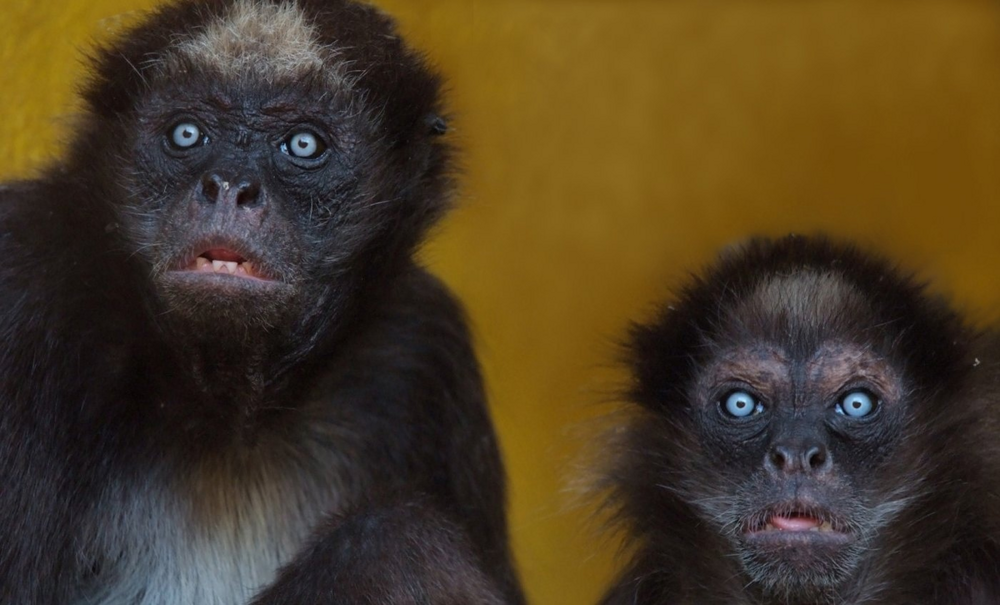
Teacher, explaining a new topic: Do you understand everything? We are with friend:
Secondly, the monkeys themselves could turn onto the path of the Night King. But it is not exactly. The fact is that scientists have studied the mating behavior of primates quite poorly and cannot give a 100% conclusion on the basis of what criteria they choose partners. What is known is that females themselves initiate mating and can choose more than one partner per season. And who knows, maybe one of the criteria is charming blue eyes that are impossible to resist! 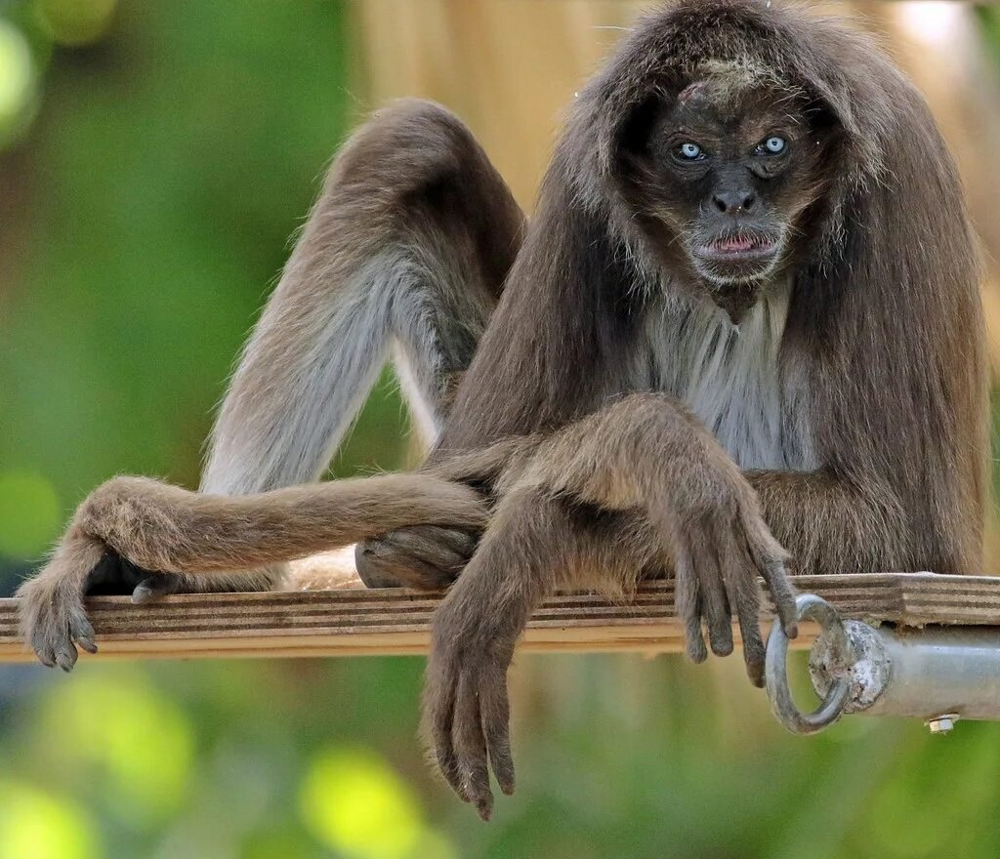
Well, how can you say “no” to such a handsome guy?
One way or another, there is a population of brown monkey walkersrivers and in the untouched relict forests of Colombia and Venezuela. If you're lucky, you can meet 30 individuals at once, decorously and peacefully looking for fruit in the treetops. Koats come down to the ground extremely rarely and out of great need: to drink or snack on mineral-rich clay. In other cases, look above and don’t be afraid - the animals camouflage themselves well, and in case of danger they just shake their branches - these walkers definitely won’t attack you.





